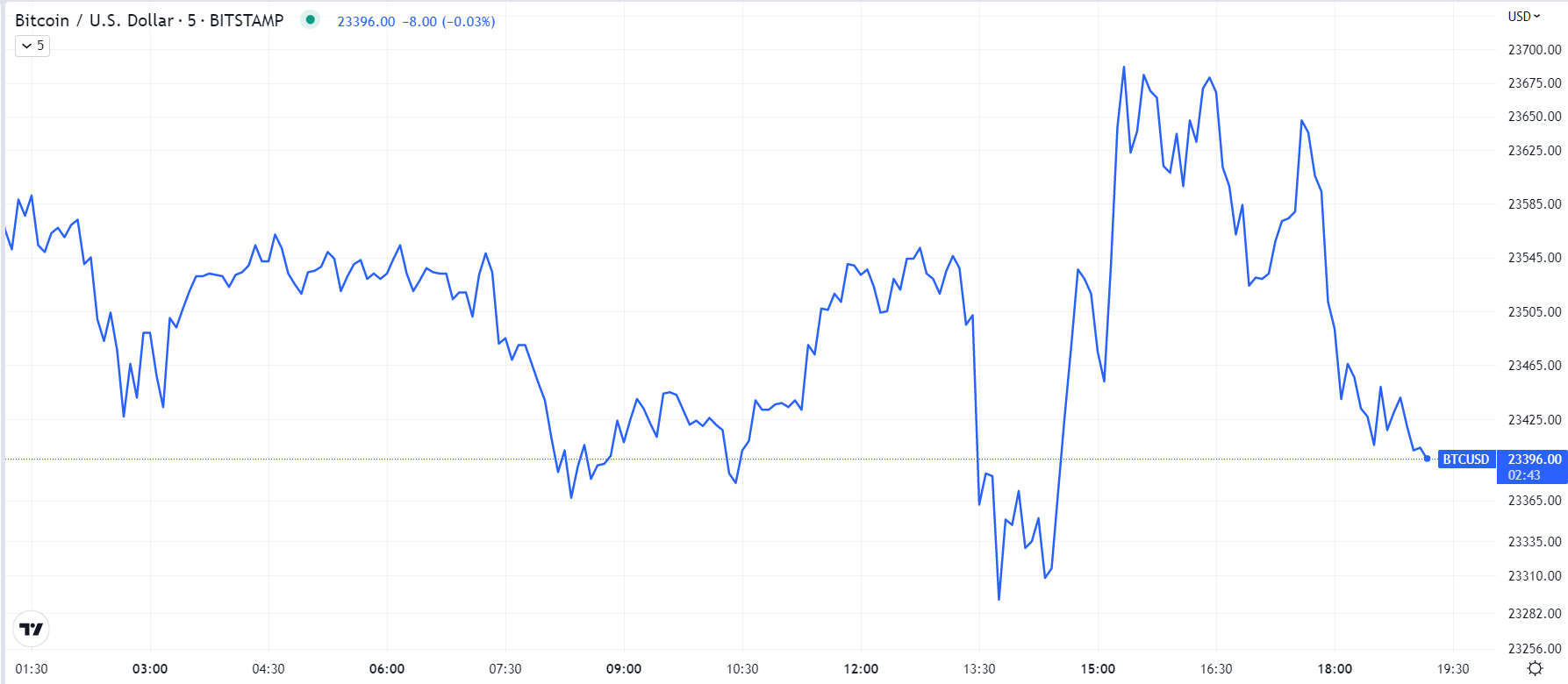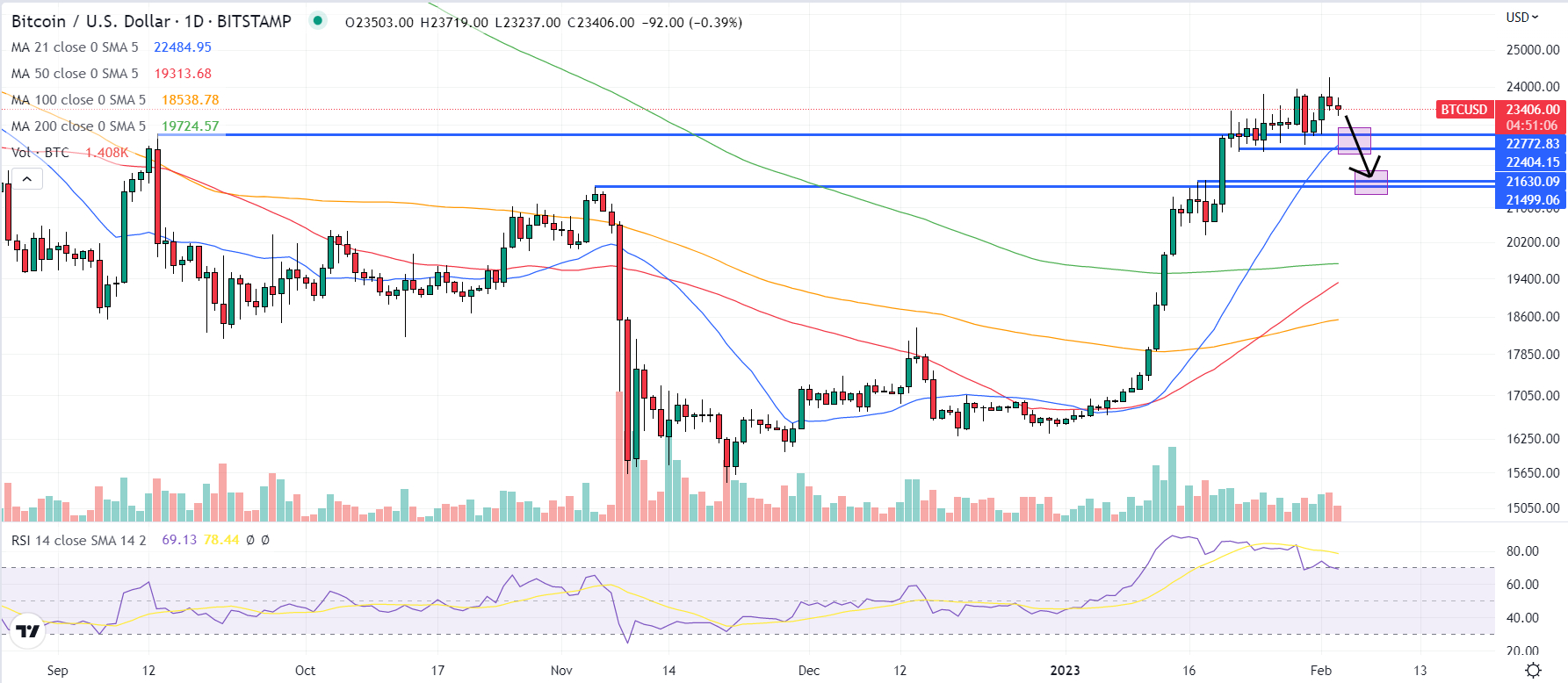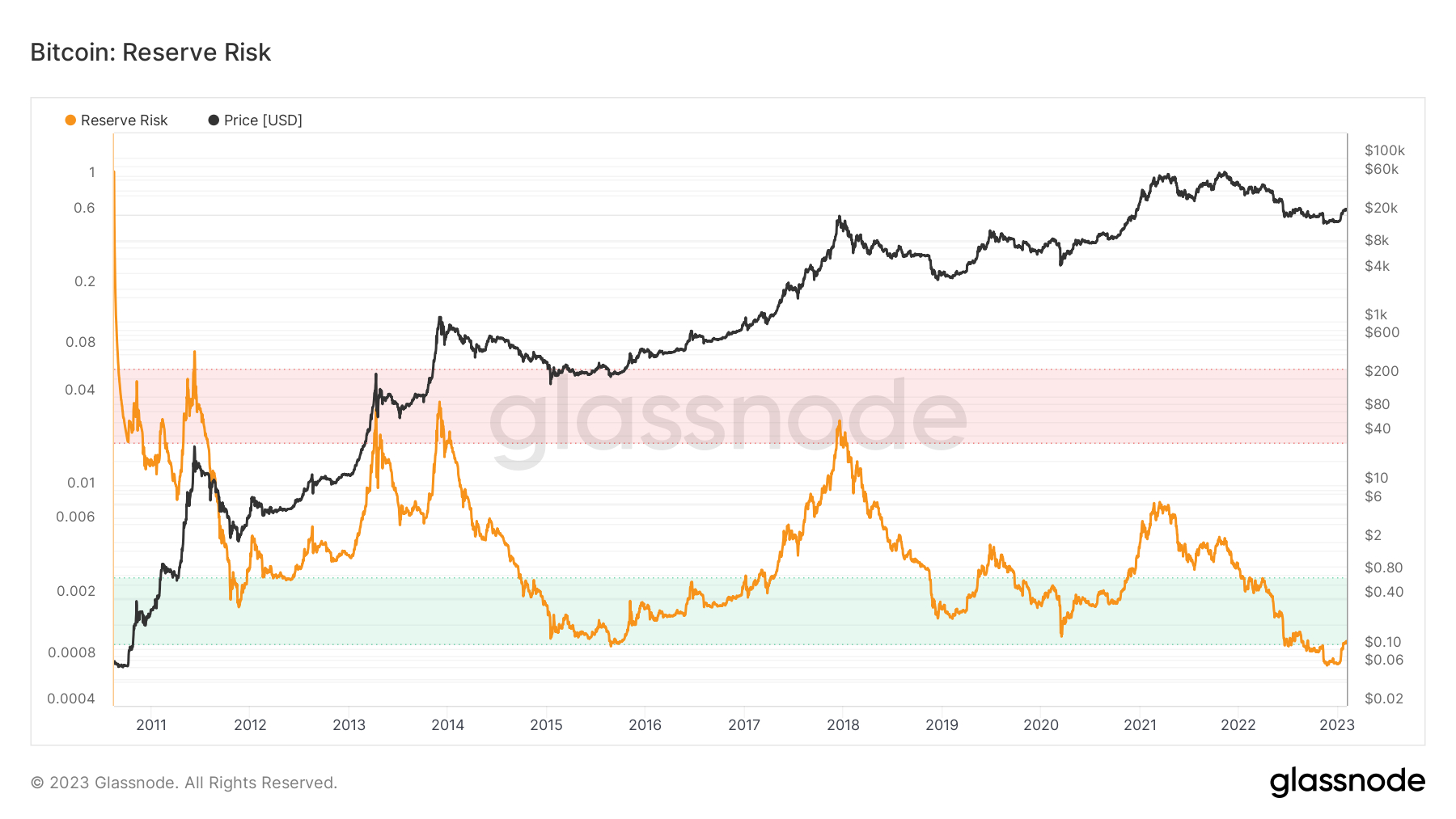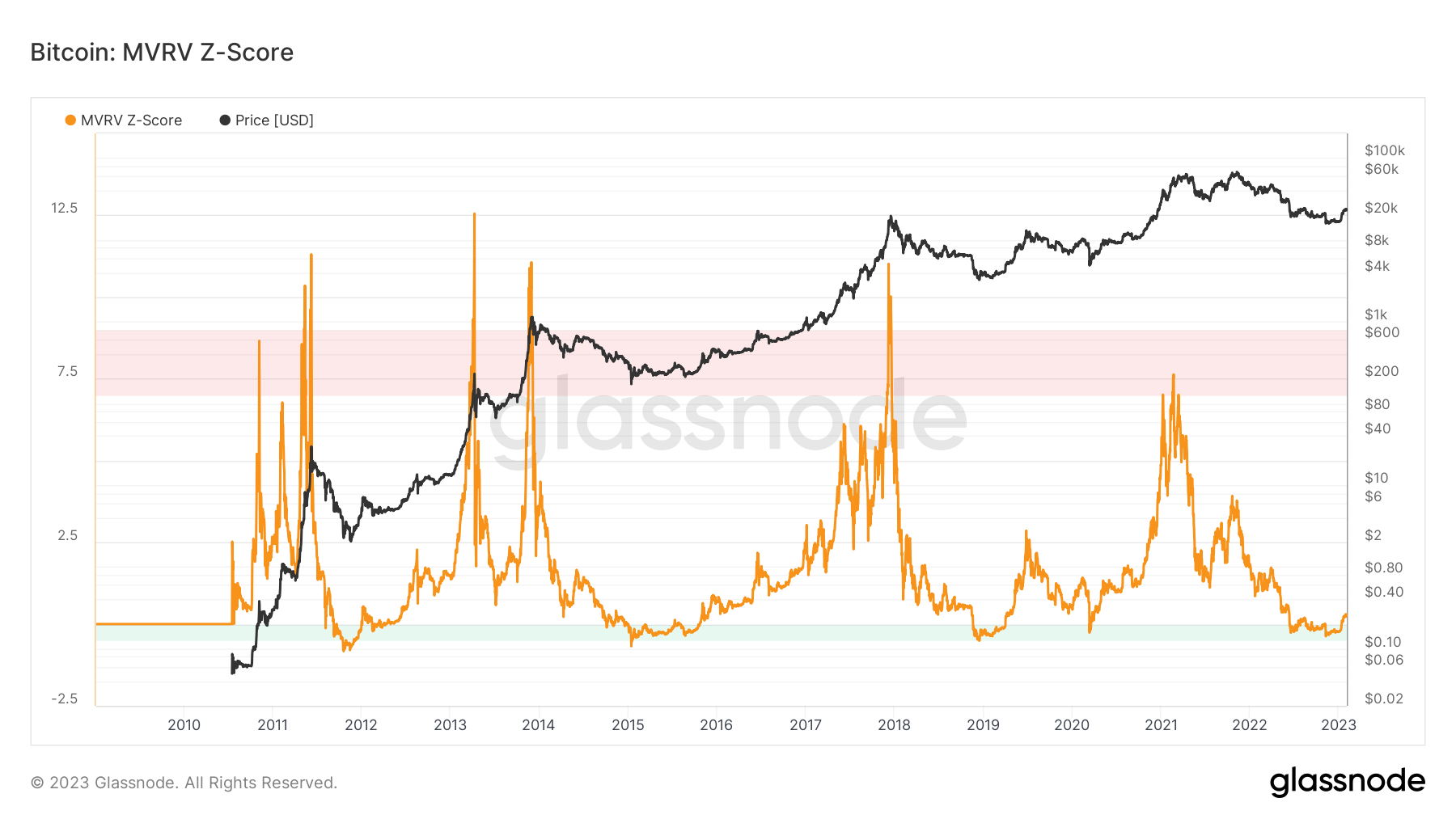
Would You like a feature Interview?
All Interviews are 100% FREE of Charge
Friday was a volatile and indecisive day in the Bitcoin market, with the price swinging between losses and gains of around 1.0% as traders digested the latest U.S. labor market report, which far exceeded expectations last month. rice field.according to latest numbers According to the US Bureau of Labor Statistics, the US economy added a whopping 517,000 jobs last month, well above the expected 190,000 job additions.
Meanwhile, the household survey shows the unemployment rate has fallen to its lowest level in more than 50 years at 3.4%, despite rising labor force participation. Average hourly earnings continued to grow at a solid pace of 4.4% year-on-year, slightly above expectations. The report exceeded economists’ expectations across the board.
A senior economist at BMO Capital Markets said the report “has caused serious doubts about the economy slipping into recession and the Fed ending its tightening cycle this spring.” Analysts were skeptical about the headline NFP numbers, citing the risk of a major revision in the future.
In any case, even with possible future revisions, the “real” numbers will likely still be very strong. US stocks and Bitcoin fell first.
But buyers have come to favor risky assets. Tightening policy enough to keep inflation down, perhaps hoping that the latest data will increase the chances of the US Federal Reserve achieving the much-anticipated “soft landing.” Causes an economic recession that causes widespread unemployment. However, Bitcoin has not been able to sustain its rise and is currently falling slightly.

Bitcoin could suffer in the short term
Despite the intraday recovery, many cryptocurrency traders and analysts have expressed their opinion via social media that Bitcoin could still fall. “We expect lower highs than bitcoin will send,” said WSB trader Rocco.
“Analysts are still bullish on cryptocurrencies, but reaching the $25,000 target may be tough,” said Crypton AI.
In fact, others have noted a much more prolonged drop in the gold price, ending the day down about 2.5% and down nearly 5% from its multi-month high of $1960. bottom.
This may not seem like a big move in the crypto world, but it’s a big one for gold, a much more stable asset in general. And the trader has hawkishly revised his Fed tightening expectations, suggesting that financial conditions have tightened significantly in the wake of this data.
Looking at Bitcoin from a technical standpoint, if pessimism on tighter financial conditions encourages profit-taking increases, Bitcoin is heading towards recent lows and 21-day simple price support at $22,500. It may go down in the short term. There is a moving average (SMA). Below that at $21,500 is the next major short-term support area.

But on-chain metrics are screaming bull market
But even if it takes a little longer for the U.S. economy to avoid recession and inflation to cool down, and the Federal Reserve has to keep interest rates above 5.0% for the rest of the year, Bitcoin will continue to grow. Many believe that a return to a new cycle is unlikely. Low price. One of the reasons for this mindset is that the confluence of on-chain indicators is crying out that the bear market is over.
As explained in a recent article, 7 of the 8 key on-chain and technical indicators tracked by crypto analytics firm Glassnode’s “Recovering from a Bitcoin Bear” indicate that the next Bitcoin bull market is here. indicates that there is a possibility Glassnode’s dashboard shows whether Bitcoin is trading above major pricing models, whether network usage is gaining momentum, whether the market is recovering profitability, and whether Bitcoin assets denominated in US Dollars. analyze whether the balance of is in favor of long-term HODLers.
Other on-chain indicators such as Bitcoin Reserve Risk and MVRV-Z Score are also sending bullish signals. As explained in a recent article, bitcoin reserve risk recently dropped to an all-time low, indicating HODLer confidence is nearing record highs.

According to Glassnode, reserve risk is “used to assess long-term holders’ confidence in the native coin’s price at any point in time.” Reserve risk is “a long-term cyclical oscillator that models the ratio between current prices (incentives to sell) and long-term investor beliefs (opportunity cost of not selling).”
Meanwhile, according to Glassnode, the MVRV-Z score, which “assess whether an asset is overvalued or undervalued by comparing its market value to its realized value,” also persisted after being below zero for an extended period recently. recovered to above zero. This has historically occurred at the beginning of bull markets.

Bitcoin is also expected to soon experience its 7th “golden cross” (50-day SMA crossing 200-day SMA) in the last decade. When these occur after a prolonged bear market, they are usually good medium- to long-term buy signals. Given the above, if Bitcoin falls (or falls), there is likely to be plenty of demand for Bitcoin at key support levels.

































